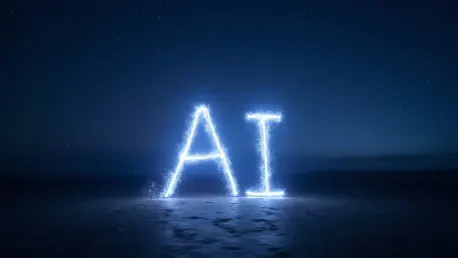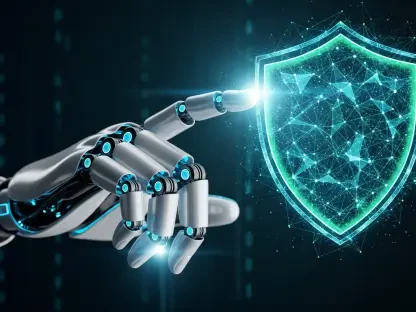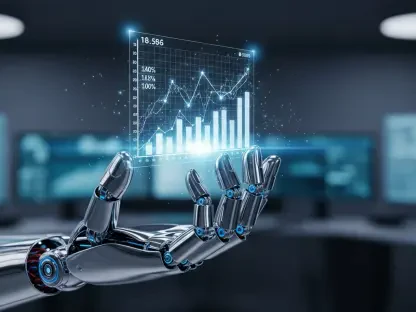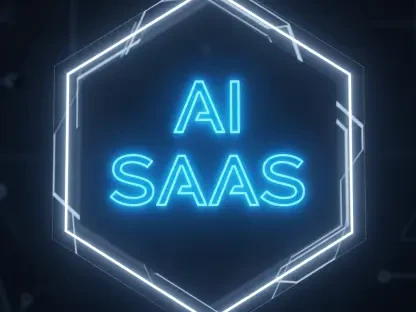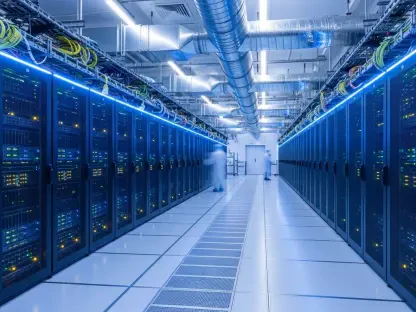With cyber threats escalating rapidly and businesses operating increasingly in digital realms, the most complex security challenge is ensuring robust protection. Innovators like Trend Micro enhance their cybersecurity efforts with advanced AI technologies, presenting an effective response to these threats. In today’s world, where digital data is essential, AI-driven cybersecurity holds significant importance, promising to revolutionize how security is approached and implemented.
Current State of AI in Cybersecurity
Adoption and Growth Trends
The adoption of AI in cybersecurity is notable as organizations worldwide race to protect their assets in an increasingly volatile digital environment. According to a study by Market Research Future, AI in cybersecurity has been growing at a compound annual growth rate of 23% since early 2025. Rapid advancements demonstrate a clear trend toward leveraging AI-powered tools, with significant growth evident across diverse sectors. Industry leaders like IDC and Gartner have underscored the vibrant adoption rates, illustrating how AI-enhanced defense mechanisms are quickly becoming indispensable.
Real-World Applications and Examples
AI-driven cybersecurity solutions have readily found applications in several sectors. For instance, Trend Micro’s renowned Trend Vision One platform showcases the potent capabilities of AI in hybrid cloud environments by securing data processes across endpoints and networks. The platform’s real-time threat detection and response facilitate complete protection against emerging threats, proving its relevance in complex scenarios. Other innovative applications include AI-powered intrusion detection systems in financial institutions, exemplifying successful implementation that translates into substantial security improvements.
Expert Insights on AI-Driven Cybersecurity
In the rapidly evolving landscape of cybersecurity, expert opinions provide valuable context regarding AI’s integration. Renowned cybersecurity professionals emphasize the transformative impact of AI on threat detection and mitigation. Industry experts highlight the capability of AI-driven solutions to learn and adapt, significantly reducing response times. Key challenges, including concerns about false positives and integrating AI technologies seamlessly, remain prevalent. However, the potential benefits, such as enhanced predictive capabilities and automation in threat assessment, offer promising advantages. Mitre’s evaluations and industry feedback affirm that proper deployment significantly enhances cybersecurity posture.
Future Outlook and Implications
Looking ahead, the future of AI-driven cybersecurity is one of dynamic growth and adaptation. Innovations in machine learning algorithms promise more precise threat identification, while AI advancements in predictive analytics and automated response mechanisms are set to refine current security protocols. Organizations are likely to witness improved operational efficiency, reduced complexity, and lower risk profiles as AI takes on a more significant role. Yet, challenges, such as adapting infrastructure and dealing with sophisticated AI-generated threats, require continued focus. Whether through technological breakthroughs or by addressing security gaps, the coming years will be crucial in understanding AI’s comprehensive influence on the cybersecurity landscape.
Conclusion and Call to Action
The analysis of AI-driven cybersecurity solutions has underscored their pivotal role in transforming digital security practices. Companies like Trend Micro, with their advanced AI platforms, illustrate profound effects on endpoint protection and threat detection dynamics. With vast investments and widespread adoption, AI has reshaped the industry’s defense mechanisms, suggesting an inevitable shift from conventional approaches to more intelligent systems. As the market continues to expand, it becomes imperative for stakeholders to engage actively with AI technologies. Organizations preparing for the future must consider integrating AI-driven cybersecurity solutions, thereby fortifying defenses against evolving threats.
